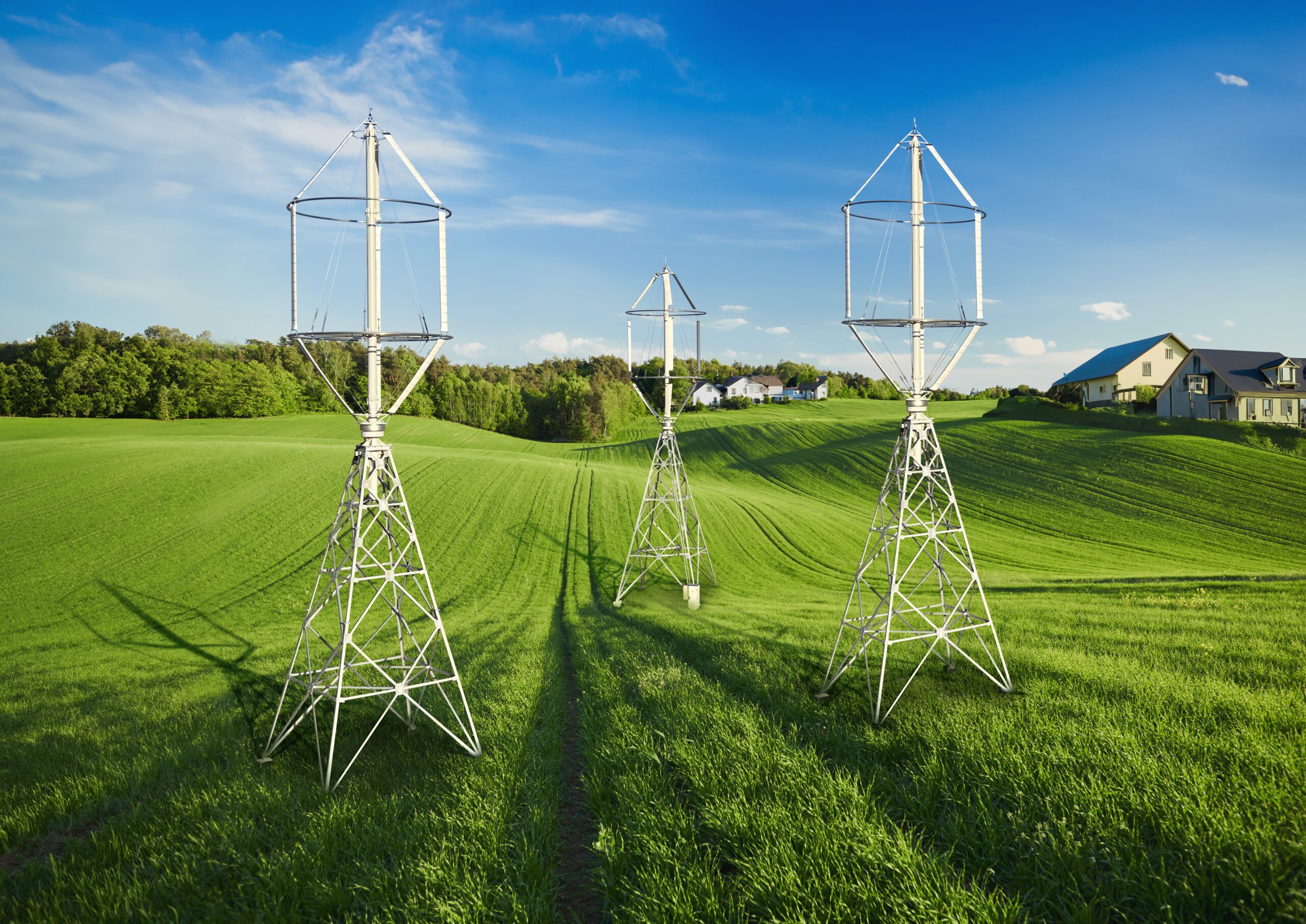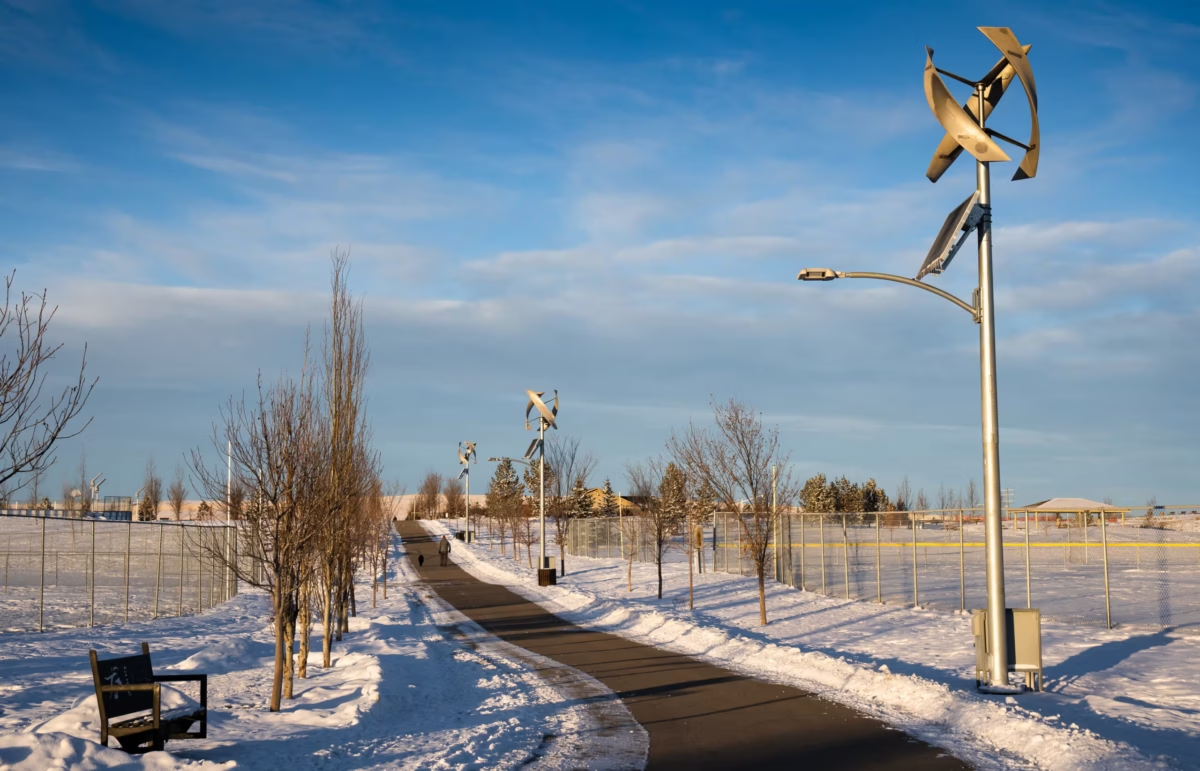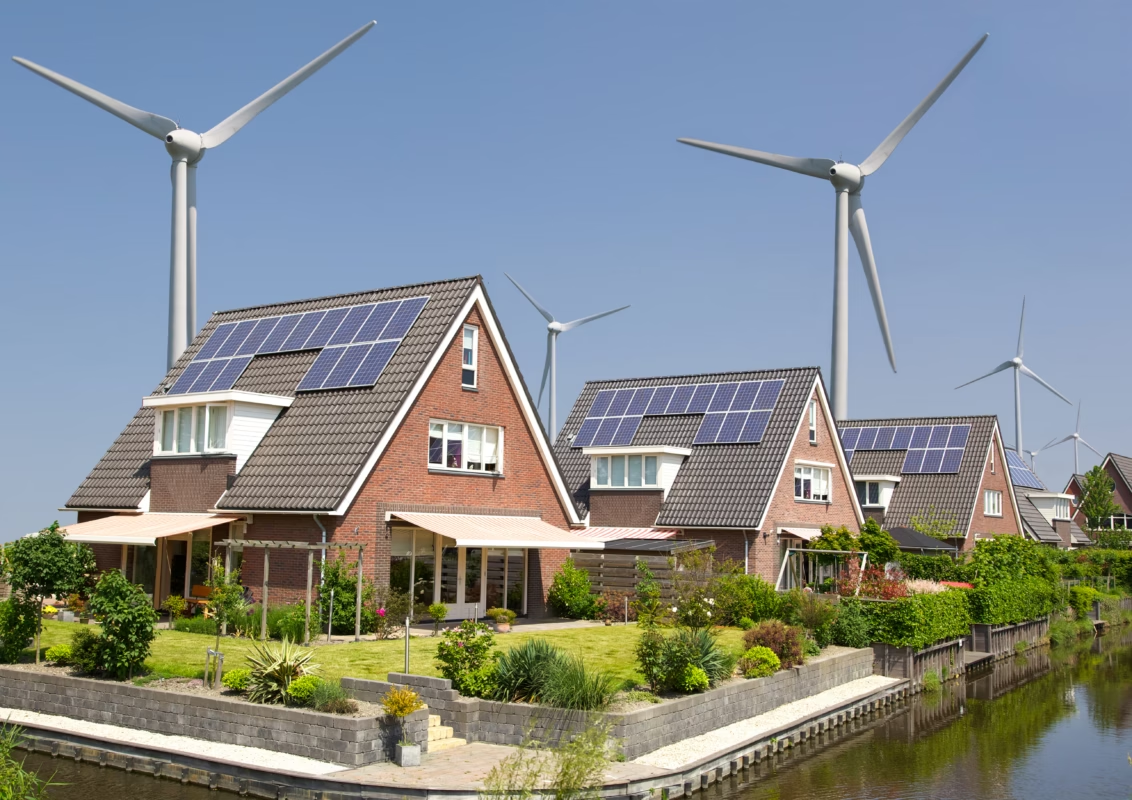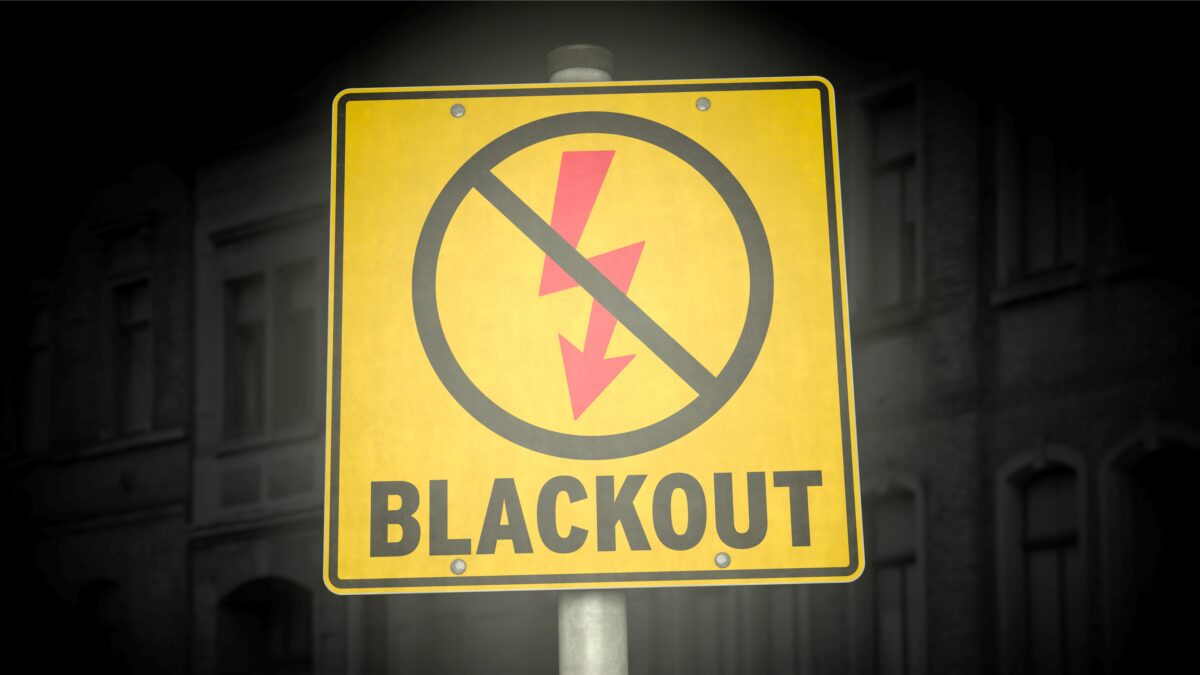Small Wind Turbines on Farms and Agricultural Operations
Farmers have been using wind for centuries. Windmills were powering irrigation systems and grinding grain. Today owners of farms harness wind in a more modern and impactful way—through small wind turbines. These compact systems are changing the ways farms generate and use energy, providing a clean, renewable solution tailored to rural environments.
As energy demands on farms grow, with needs like irrigation, refrigeration, and machinery operation. The interest in renewable energy for rural operations has surged. Small wind turbines not only reduce reliance on fossil fuels but also help farmers lower their carbon footprint and align with environmental goals. For many, the transition to wind energy is about more than just cutting costs; it’s about taking a step toward a more self-sufficient and sustainable future.
Energy Needs of Farms and Agricultural Operations
Farms and agricultural operations have unique energy needs that make a reliable power source essential for day-to-day functioning. Irrigation systems, for instance, often run for hours, pumping water across vast fields to keep crops hydrated. This can be a massive energy drain, especially during dry seasons when the demand for water peaks. Similarly, agricultural machinery like tractors, grain dryers, and processing equipment require a steady supply of power to ensure seamless operations during planting, harvesting, and processing cycles.
Agricultural operations also need a lot of storage facilities, such as cold storage units, which also use a lot of energy. These systems must operate consistently to prevent spoilage and maintain optimal conditions. The challenge is even greater in rural or remote areas, where access to grid power can be limited or unreliable.
All these energy needs create a strong demand for dependable and sustainable energy solutions. With fluctuating electricity prices and increasing awareness of environmental impacts, many farmers are turning to resilient energy solutions for agriculture like wind turbines to satisfy their energy needs, ensuring they have the power they need without relying solely on the grid.
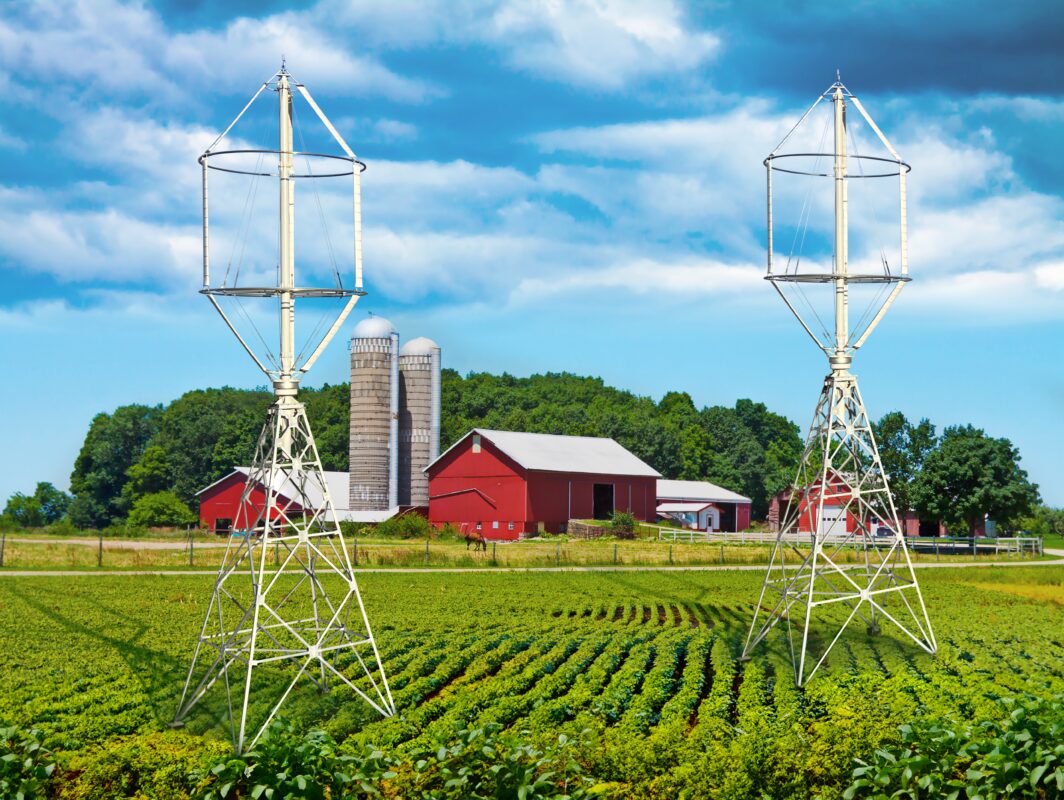
Why Wind Energy Is A Perfect Solution for Farmers?
One of the greatest advantages for farmers lies in the natural wind conditions found in the countryside. With fewer buildings and structures to disrupt airflow, rural areas offer stronger and more consistent wind resources compared to urban settings. This makes wind energy a particularly efficient and practical option for agricultural operations. The European Environment Agency highlights the growing role of wind power in sustainable agriculture, emphasizing its benefits for rural development and energy security. Learn more about these insights on the EEA website. Farmers across the world are discovering that small wind turbines can do more than just lower energy costs—they can also make farms more sustainable, resilient, and independent from the grid.
Renewable Energy Solutions for Agriculture
Big wind turbines are not a practical choice for most farmers. Their size, cost, and the space they require make them better suited for utility-scale operations rather than individual farms. This is where small wind turbines come into play—designed specifically with rural needs in mind, they offer a more versatile solution for farmers looking to embrace renewable energy. Their lower cost, different sizes, capacities, and scalability make small wind a good choice for farms, no matter their size.</p>
Innovations in Agricultural Wind Power
Advancements in wind energy technology have changed the way agriculture can benefit from it. Today’s small wind turbines are far more efficient, quieter, and eco-friendly than ever before, making them a practical addition to farms without disrupting daily operations or the natural surroundings.
One of the key innovations has been the development of turbine blades that not only capture wind energy more effectively but also operate with minimal noise. This is especially important in rural settings, where peace and quiet are valued. Additionally, these new designs address a common environmental concern—wildlife safety. Improved blade technology significantly reduces the risk of collisions with birds and bats, ensuring that turbines work in harmony with local ecosystems.
New designs of small wind turbines also brought new opportunities for farmers, especially vertical-axis wind turbines (VAWTs). Unlike traditional horizontal-axis turbines, VAWTs can operate efficiently at lower wind speeds and heights, making them particularly well-suited for agricultural settings. Their compact, less intrusive design allows them to be installed closer to the ground, preserving the farm’s visual appeal and leaving taller structures like trees or silos undisturbed. This low-profile approach benefits both the landscape and the local wildlife
while still providing a reliable source of renewable energy.
Ready to power your farm with renewable energy? Contact Freen to explore small wind and hybrid systems for agriculture.
Hybrid Energy Systems for Agriculture: Combining Wind and Solar Power
While both wind and solar energy are promising renewable sources for agriculture, they can bring the best results when combined. Solar energy is most efficient during summer days, whereas wind turbines generate more electricity in winter and at night, making hybrid systems an ideal solution. The European Commission actively supports renewable energy initiatives in agriculture, offering various funding programs and policy incentives to promote sustainable energy adoption. More details can be found on the European Commission’s official page on renewable energy. A hybrid energy system provides farms with a stable energy source throughout the year, reducing costs and ensuring long-term sustainability.
Increased Reliability
Hybrid renewable energy systems are a very reliable solution for farmers. By combining wind and solar energy, these systems ensure a steady power supply throughout the day and across varying weather conditions. For instance, when the sun sets or clouds roll in, wind turbines can step up to generate electricity. If wind speeds drop, stored energy from batteries bridges the gap. This minimizes the risk of power outages, providing farmers with a dependable energy source for their essential operations.
Cost Efficiency
Hybrid systems are a smart financial investment for farms. By harnessing natural resources like wind and sunlight, they drastically cut reliance on expensive fossil fuels. The energy storage element adds further savings, allowing farmers to use stored electricity during peak pricing hours. Over time, the reduced energy bills and minimal maintenance costs make hybrid solutions a cost-effective way to power agriculture while lowering overheads.
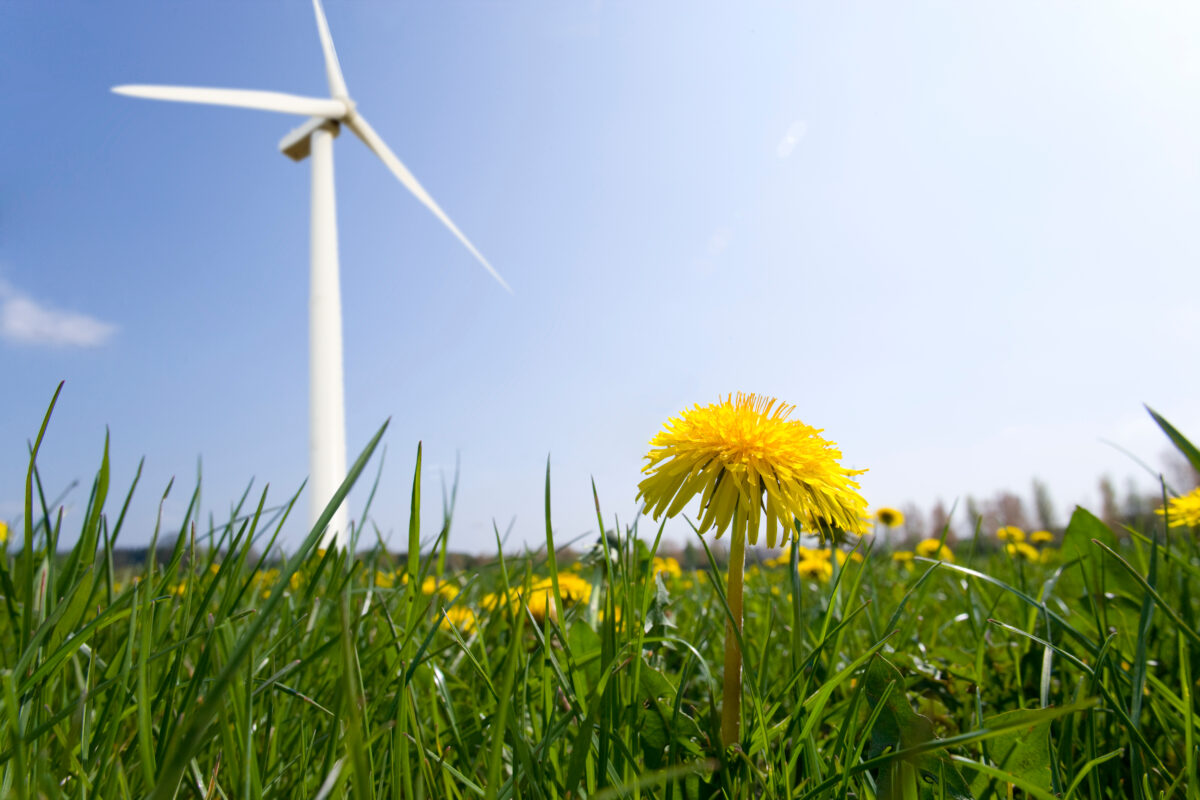
Enhanced Sustainability
Sustainability is becoming a core focus for modern agriculture, and hybrid energy systems deliver on this front. By reducing dependence on fossil fuels, these setups lower greenhouse gas emissions and help combat climate change. Integrating multiple renewable sources also ensures farms can adapt to environmental fluctuations, maintaining operations while promoting eco-friendly practices.
Grid Independence
For rural or remote farms, unreliable grid connections are a common challenge. Hybrid systems solve this problem by enabling farmers to generate, store, and manage their own energy supply. This grid independence offers peace of mind and energy security, empowering agricultural operations to run smoothly regardless of external power disruptions.
Whether as a standalone power source or paired with solar panels in a hybrid system, small wind turbines offer a versatile and impactful energy solution. For farmers looking to maximize their resources and make their operations more sustainable, the wind above their fields is proving to be a reliable and rewarding asset.
Discover how wind energy can enhance your farm’s sustainability—schedule a consultation with Freen’s experts.
Case Studies: Small Wind and Hybrid Energy Systems in Action
One of the many examples of wind energy implementation in agriculture is Higher Boode Farm in Branton, UK. Owned by farmer Gavin Fowler, the farm operates two small-scale turbines, generating 35,000kW each and covering more than half of the farm’s energy needs. This shift to wind power was inspired by successful projects in Sweden, where similar turbines helped reduce energy costs and increase farm efficiency. According to WindEurope, small wind projects across Europe are proving to be a valuable investment for agricultural businesses looking to reduce reliance on fossil fuels and lower operational costs.
The owner of the farm is also selling the excess energy with the help of feed-in tariffs, making added income. It’s all thanks to the location of his farm: it lays on top of the hill, close to the sea and with strong south-westerly winds.
One of the many examples of wind energy implementation in agriculture is Higher Boode Farm in Branton, UK. Owned by farmer Gavin Fowler, the farm operates two small-scale turbines, generating 35,000kW each and covering more than half of the farm’s energy needs. This shift to wind power was inspired by successful projects in Sweden, where similar turbines helped reduce energy costs and increase farm efficiency. According to WindEurope, small wind projects across Europe are proving to be a valuable investment for agricultural businesses looking to reduce reliance on fossil fuels and lower operational costs.
Freen’s Adaptable Solutions for Agricultural Energy Needs
Freen’s small wind systems provide an opportunity for farmers who look for cost savings and more independence from the grid. Because our turbines come in different options when it comes to size and capacity, they may be a good solution for many different types of farms and agricultural operations. They can power the heating or cooling of storage spaces and provide energy for irrigation or various machines.
Small wind turbines produced by Freen are tailored for farmers’ needs. Their design is compact and doesn’t take up lots of space. Their operation is as quiet as possible, which is important for local residents and wildlife. We also constantly work on our designs and want to make them as efficient as possible to help meet the energy needs of rural areas.
Conclusion: Unlocking Renewable Energy Independence for Farms
The integration of renewable energy projects on farms is becoming an increasingly popular solution to balance land use while meeting energy needs. By installing wind turbine systems on their property farmers can maximize the potential of their land in a way that supports both agricultural operations and clean energy generation.
Small wind turbines, for instance, can provide energy while allowing farmers to continue planting crops and raising livestock without disruption. For remote farming communities, hybrid energy systems for agriculture also provide an added layer of resilience. By generating their own power on-site, farmers can maintain operations even during power outages, ensuring their work isn’t interrupted by grid failures.


